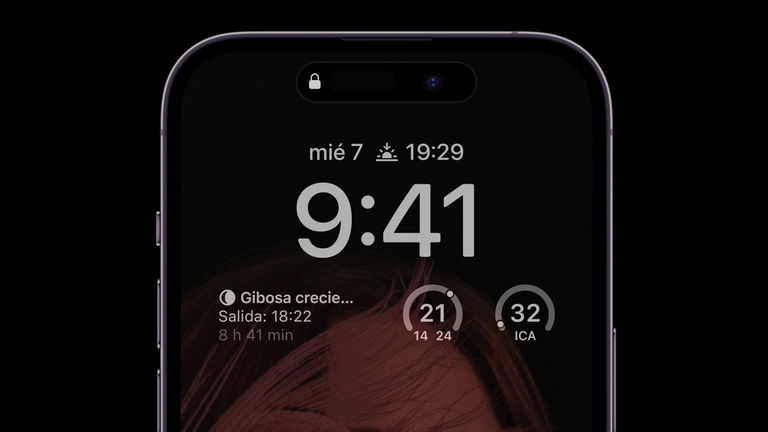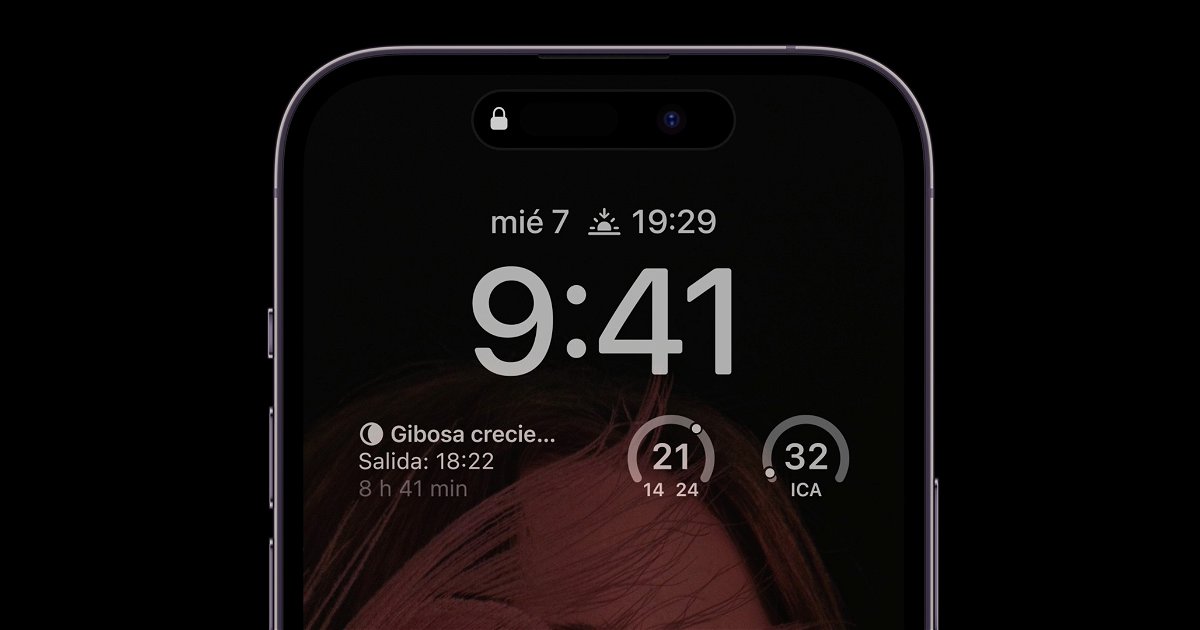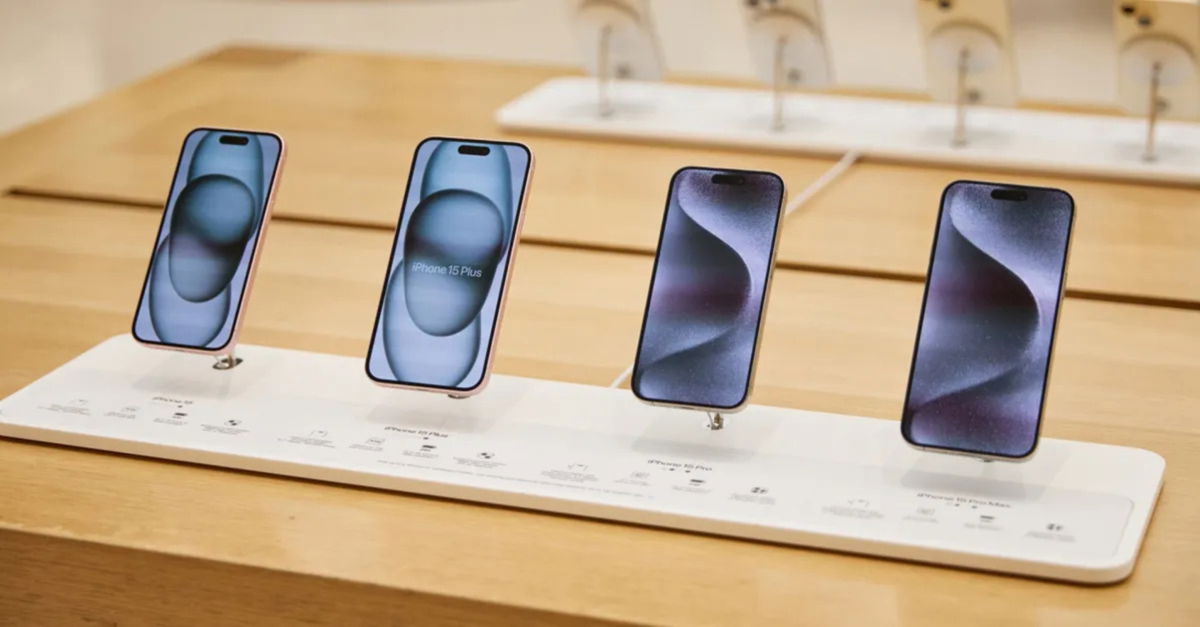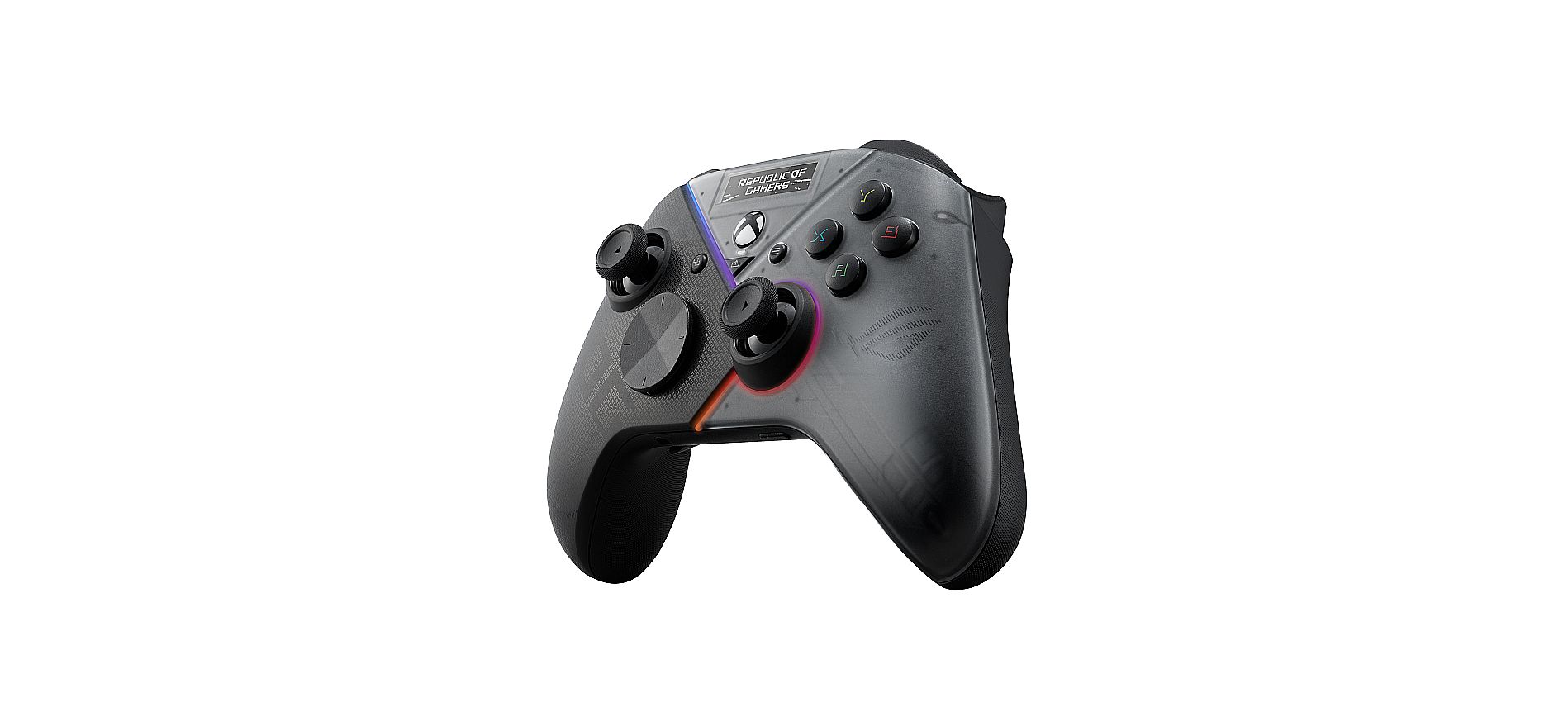In a video on YouTube, it is demonstrated how much battery percentage is lost by having the iPhone 14 Pro’s always-on screen at maximum.

A feature that was only present on Android for a long time was screen always on. It changed until Apple made it official on the iPhone 14 Pro. From its announcement to the present day, tests are still ongoing to see how much it has improved., since Apple made this feature customizable in iOS 16.2. Nothing has changed, a video shows that under certain conditions the battery can discharge by 20% for 24 hours
iPhone 14 Pro always-on display, an absolute battery dilemma
This experience is very interesting, having the iPhone locked and at the same time having a small summary of notifications or widgets activated. This is what he looked like since his presentation. At first, many users thought it was overkill since it was obvious that Apple was only lowering the screen brightness. at least. It was not really in line with what the Android system and mobile manufacturers are doing.

These are the new iOS 16.2 settings for always-on display
In view of the proven events, iOS 16.2 lets you remove wallpaper and notifications. You can only stay with the black screen showing the date and time. About PhoneBuff’s video in which they perform battery tests with the screen always on, The above procedure is shown to consume only 0.6% of the battery. With wallpaper, 0.8% is consumed, but how come it consumes 20%?

Good Always-On Display Behavior Won’t Completely Drain Your iPhone 14 Pro Battery
Excessive consumption with active screen
In this video you can see the behavior of the iPhone in 3 situations, with wallpaper, without wallpaper and screen off. If your iPhone has the screen always on for a 24-hour period, that’s when excessive consumption becomes a reality (it’s demonstrated at the end of the video).

Battery results using always-on display after 24 hours (PhoneBuff video)
Remember that if you have activated this mode, your screen will darken in some cases:
- iPhone face down
- iphone in pocket
- Sleep mode, low consumption and/or connected to CarPlay activated
- Using the Continuity Camera
- By not using the iPhone for a while
- iPhone moves away from an Apple Watch
One last curiosity about this video is that it’s being compared to a Galaxy S22 Ultra. During a 24-hour test, both mobiles end up with an 84% charge. What does it mean? Always-on display technologyfor the obvious, you have to use a percentage of the battery of each device. The behaviors that the user has on a daily basis will determine whether he overspends (or not).
In future updates, iPhone and iOS, Apple will have the task of improving the battery performance of devices in which the always-on display is present. We know Apple didn’t invent this feature, but It is in its work of perfectionism to offer a better experience than the competition.








